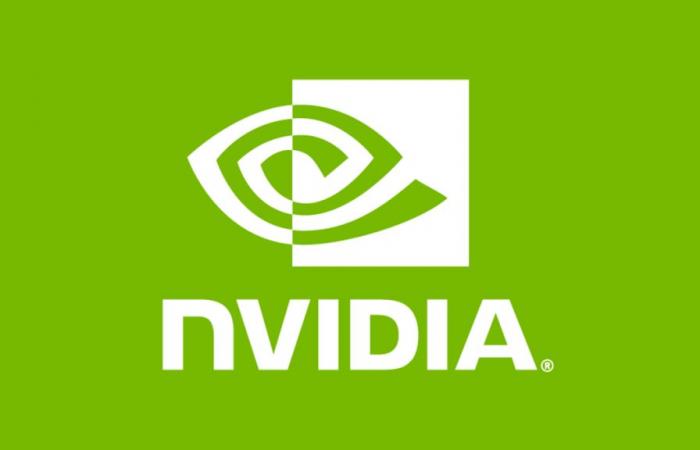During a Q&A session held at Computex 2024, but only made public recently, Jensen Huang, leader of Nvidia, provided interesting previews about the future of Deep Learning Super Sampling (DLSS).
As reported by More Than Moore, Nvidia is planning to revolutionize the implementation of DLSS in future iterations, introducing the generation of textures and objectscompletely managed by artificial intelligence.
Huang explained how the transfer of some of the workload to tensor cores can lighten the demand on resources shader cores (CUDA), thus improving game performance on the RTX series of video cards.
This new technology will not only increase the frame rate, but also improve the quality of the objects present in the gamesthanks to higher image fidelity.
The most innovative aspect Huang discusses concerns DLSS’s ability to generate game assets, including NPCs (Non-Playable Characters), starting from scratch.
In particular, the cited example showed how, in a game, on six characters present, four they could be generated completely by AI. This extension of Frame Generation technology, already present in DLSS 3marks an important step towards a gaming environment fully managed by AI.
Nvidia is also working on a new texture compression technology based on neural networks, capable of compressing textures up to a ratio of 16x, a clear improvement compared to the traditional 8x.
This will allow you to maintain a balance between high texture quality and video memory (VRAM) demands comparable to that of today’s games.
Nvidia sees the potential of DLSS, and related technologies, as critically important to the future of PC gaming.
Huang made it clear that the long-term goal is that the future creation of games will be entirely entrusted to AImoving away from classic 3D graphic rendering techniques.
This revolution in the field of graphics of gaming could not only raise the visual quality and performance but also open new horizons on interaction with virtual worlds, making the gaming experience increasingly immersive and personalized.
To prove this, Nvidia already had presented ACE in 2023 (representing it to us in brilliant form during this year’s Computex) a system based on LLM (Large Language Model) designed to animate NPCs, providing them with unique dialogues and reactions based on interactions with the players.
Huang’s previews at Computex 2024 reinforce the idea that the future of video games is intrinsically linked to advances in the field of artificial intelligence, with Nvidia firmly at the helm of this technological transformation.






